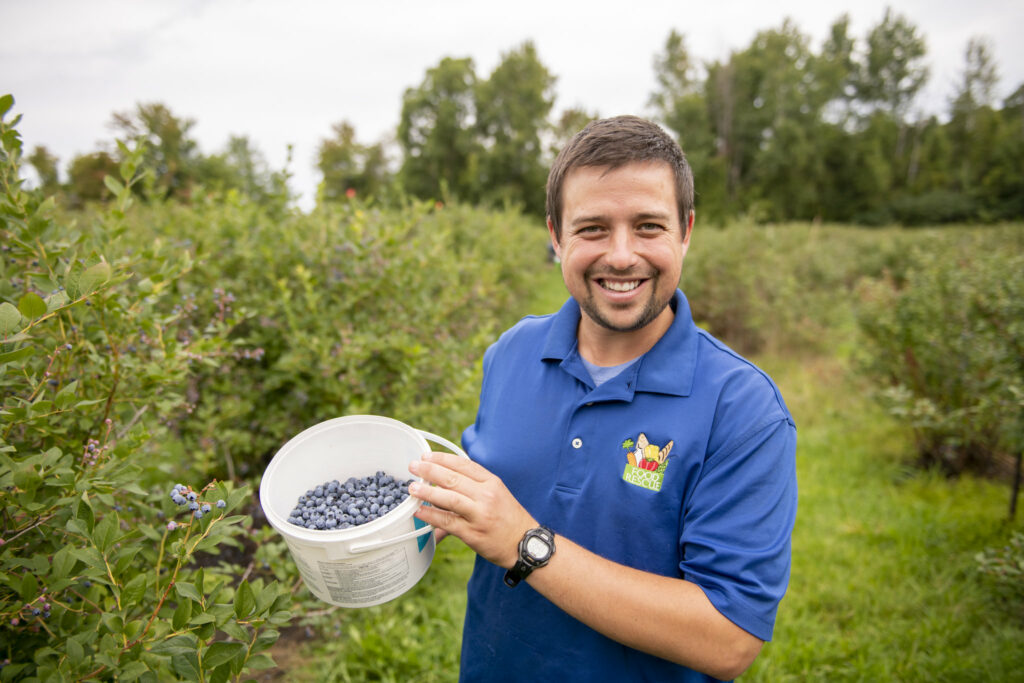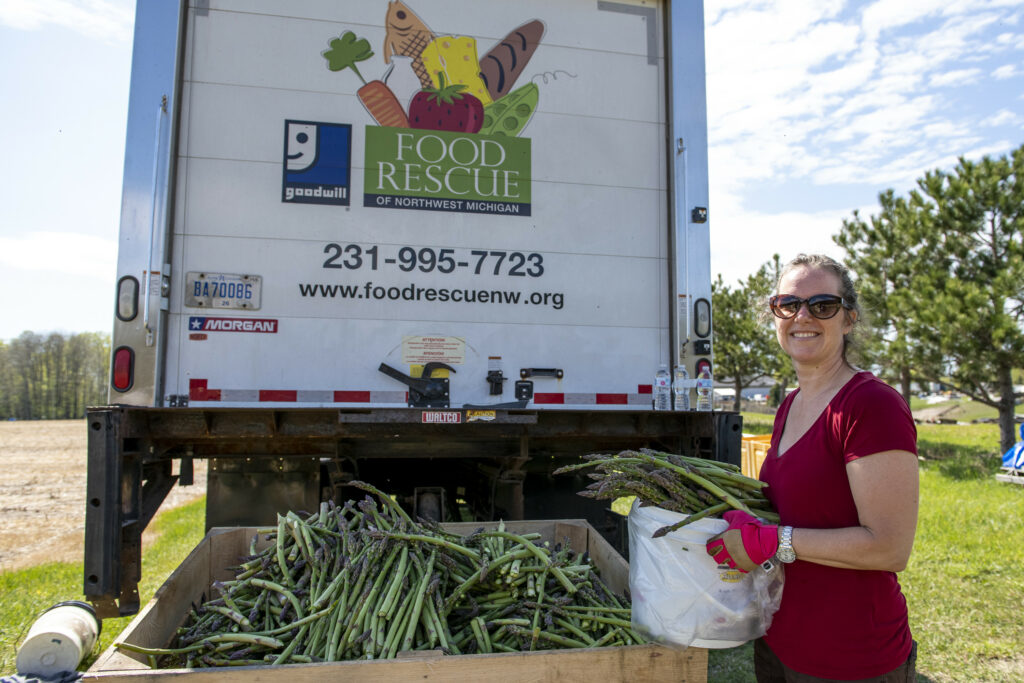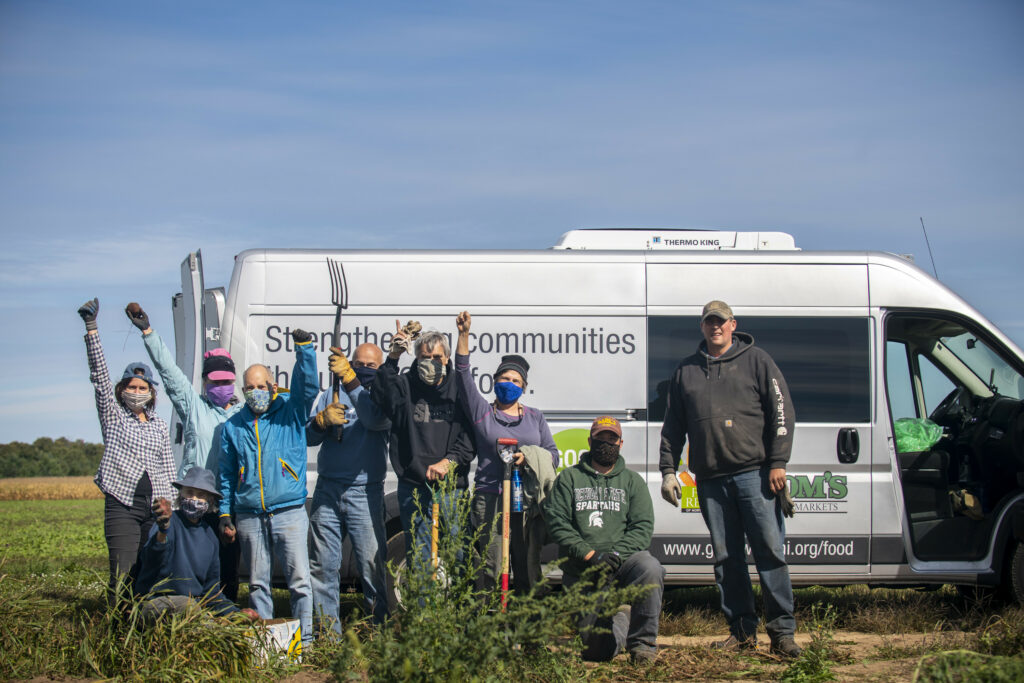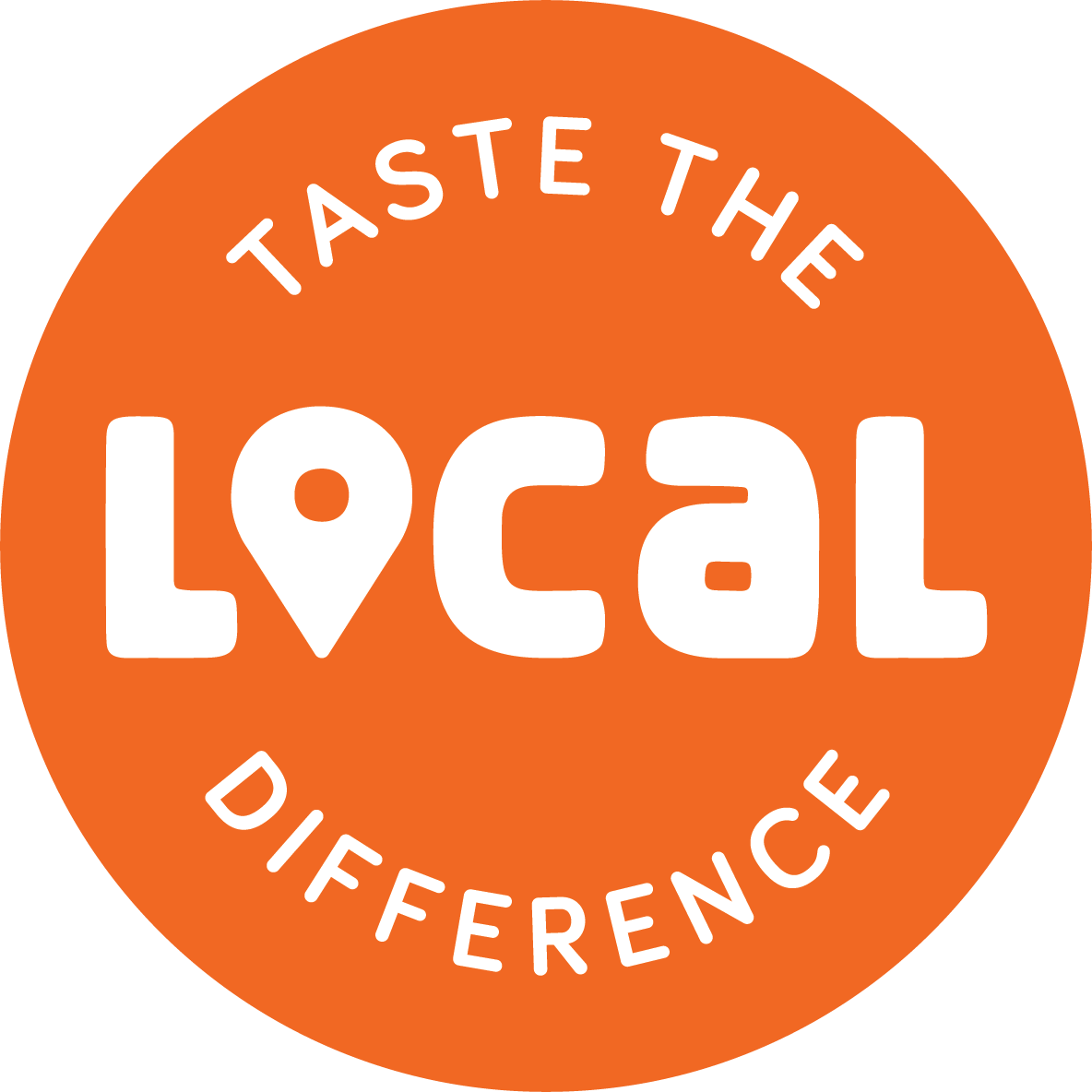In the United States, we are simultaneously faced with the dilemmas of food insecurity and food waste. According to the USDA, 1 in 10 people in the US in 2021 were food insecure, a term that means being uncertain of having or unable to acquire enough food to meet one’s needs. This is happening at a time when 30-40% of fresh fruit and vegetables are going to waste in the U.S. every year.

This is where Food Rescue, a program of Goodwill Northern Michigan, steps in. They make it easy for farmers and gardeners to have extra produce harvested, and to bring these nutritious fresh fruits and vegetables to area food pantries and community meal sites, serving neighbors in need.
Since 1996, gleaning at farms has been protected by the Bill Emerson Good Samaritan Food Donation Act, and it is a major tool in the belt of Food Rescue’s efforts. In 2022, Food Rescue saved 17,989 pounds of produce in just 13 gleans, harvesting a wide range of crops including saskatoons, cherries, corn, blueberries, apples, and butternut squash.
How does gleaning work with Food Rescue?

The gleaning process is straightforward for growers – simply call the Food Rescue Healthy Harvest Coordinator in advance and schedule a time and date for volunteers to head to the farm. A work crew of volunteers and Food Rescue staff then come in, bringing their own equipment and a refrigerated truck, and do the harvesting, usually in 2-3 hours. Farmers have a lot of freedom in their level of involvement – from harvesting alongside volunteers, to not being in attendance at all!
Once transported back to the warehouse, the harvest is weighed and a donation receipt for tax purposes is sent back to the grower. Food Rescue then distributes this fresh food to 70+ food pantries and meal sites, where it’s deeply appreciated by neighbors throughout the 5-county region.
Jim Bardenhagen of Bardenhagen Farms says that his recent gleaning experience “was a pleasant one and as a grower, I got my wish of getting cherries off the trees.” Jim called up Food Rescue when his crop of black sweet cherries in 2022 was suddenly left without a processor market. “All I had to do was show the volunteer crew where the cherries were located. They all harvested the cherries very respectfully and left with a bountiful amount of cherries to send to the pantries and meal sites. As a result, many folks got to enjoy black sweet cherries from Leelanau County.”
I’m in! How do I set up a glean with Food Rescue?

If you’re excited about gleaning on your farm or garden in 2023, you’re not alone! Food Rescue aims to increase their harvest of gleaned produce by 30% in the upcoming year. Being a part of the movement is easy – reach out to Alicia Manson at [email protected] or 231-492-6520, and let her know about what you need harvested.
Gleaning is available in Grand Traverse, Leelanau, Benzie, Kalkaska, and Antrim counties, and on a case-by-case basis in Wexford, Missaukee, and Manistee counties. Not only that, you do not have to be a large-scale farmer to call! Gleans can take place in community gardens, hobby orchards, and school gardens – wherever there is good food to harvest.
Donating food to our community has never been easier! To find out more about Food Rescue’s mission, work, and projects, head to Food Rescue’s website, or follow them on Facebook or Instagram.
Claire Butler is the Content Strategy Specialist for Taste the Local Difference. Contact her at [email protected].
